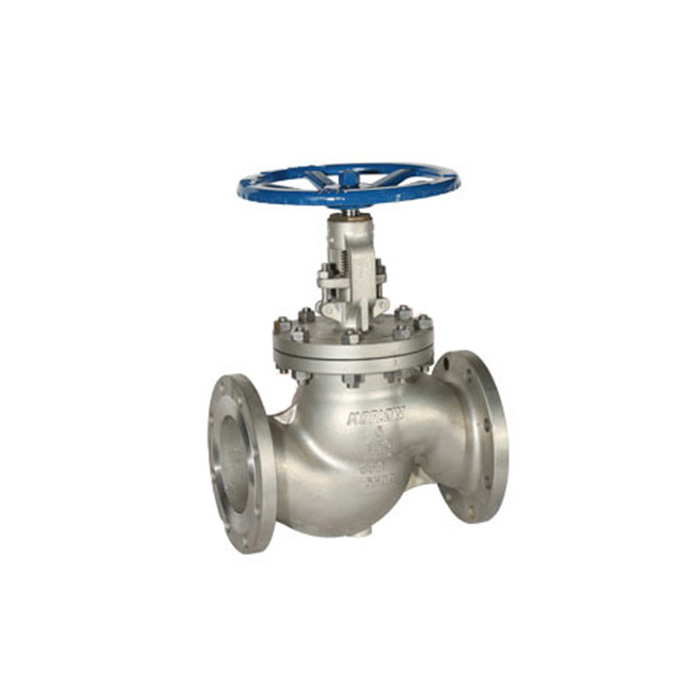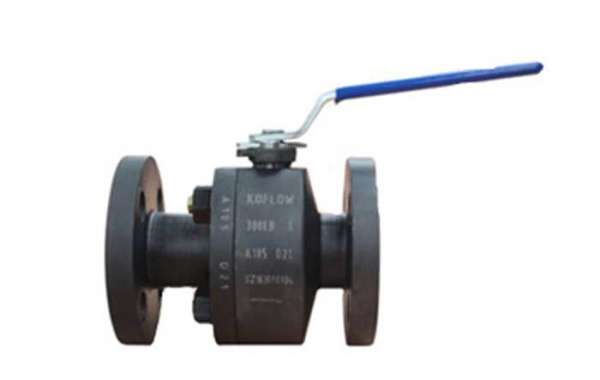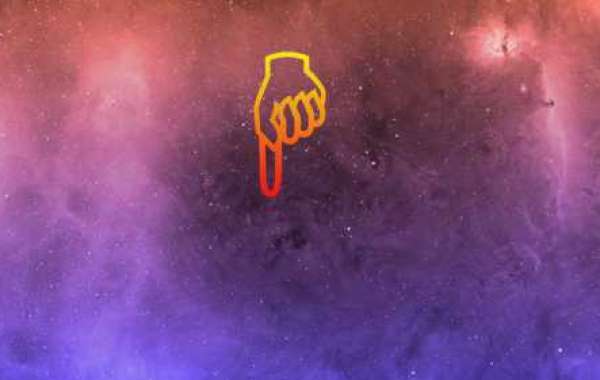Many valves are directional, such as globe valves, throttle valves, pressure reducing valves, check valves, etc. If they are installed backwards, they can affect their effectiveness and life (e.g. throttle valves) or not work at all (e.g. pressure reducing valves), or even cause danger (e.g. check valves). General valve, there is a directional mark on the valve body; in case there is no, should be based on the valve working principle, the correct identification. Valve industry senior manufacturer Huhang valve tips you, valve installation to pay attention to the following points.

(1) Direction and location
Valve installation location, must be convenient for operation: even if the installation of temporary difficulties, but also for the long-term work of the operator's sake. The best valve handwheel and chest to take flush (generally 1.2 m from the operating floor), so that the opening and closing of the valve is less effort. Landing valve handwheel to face up, do not tilt, so as not to operate twisted. Valves against the wall machine against the equipment should also leave room for the operator to stand. To avoid operating on your back, especially acid and alkali, toxic media, etc., otherwise it is very unsafe. The gate should not be installed upside down (i.e. hand wheel down), otherwise the medium will be left in the valve cover space for a long time, easy to corrode the valve stem, and forbidden by certain process requirements. At the same time the replacement of packing is extremely inconvenient. Open stem gate valves, do not install underground, otherwise the exposed stem will be corroded due to moisture. Lift check valves, installed to ensure that its valve flap vertical, in order to lift flexible. Swing check valves, when installed to ensure that the pin is horizontal, so that the swing is flexible. Pressure reducing valves should be installed upright on a horizontal pipeline and not tilted in any direction.
(2) Construction work
The installation must be carried out with care, avoiding impacts on valves made of brittle materials.
Before installation, the valve should be inspected to check the specifications and identify any damage, especially to the stem. Also turn the valve a few times to see if it is skewed, as it is easy to knock the stem out of alignment during transport. Also remove any debris from the valve.
When the valve is lifted, the rope should not be tied to the handwheel or stem to avoid damage to these parts, but should be tied to the flange.
(3) Protection measures
Some valves must also have external protection, which is insulation and cold. Insulation is sometimes added inside the steam line to mix heat. What kind of valve should be insulated or kept cold, depending on the production requirements.
(4) Bypass and instrumentation
Some valves, in addition to the necessary protection facilities, but also bypass and instrumentation. Bypasses are installed. Facilitates trap maintenance. Other valves, too, have bypasses installed. Whether or not a bypass is installed depends on the condition of the valve, its importance and the requirements of production.
(5) Packing replacement
Stock valves, some fillers have been badly used, some do not match the medium used, which requires replacement of the filler.
When pressing the packing, turn the valve stem at the same time to maintain uniformity all around and prevent too dead, tighten the gland with even force and do not tilt.







